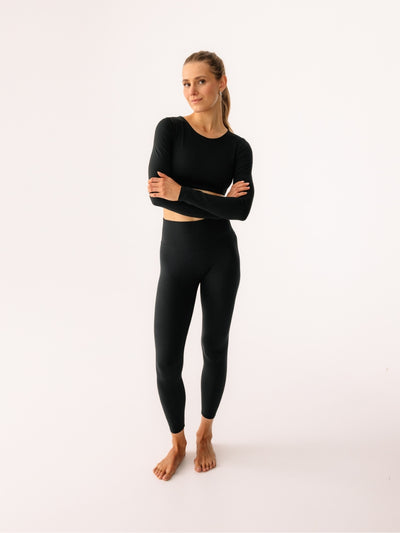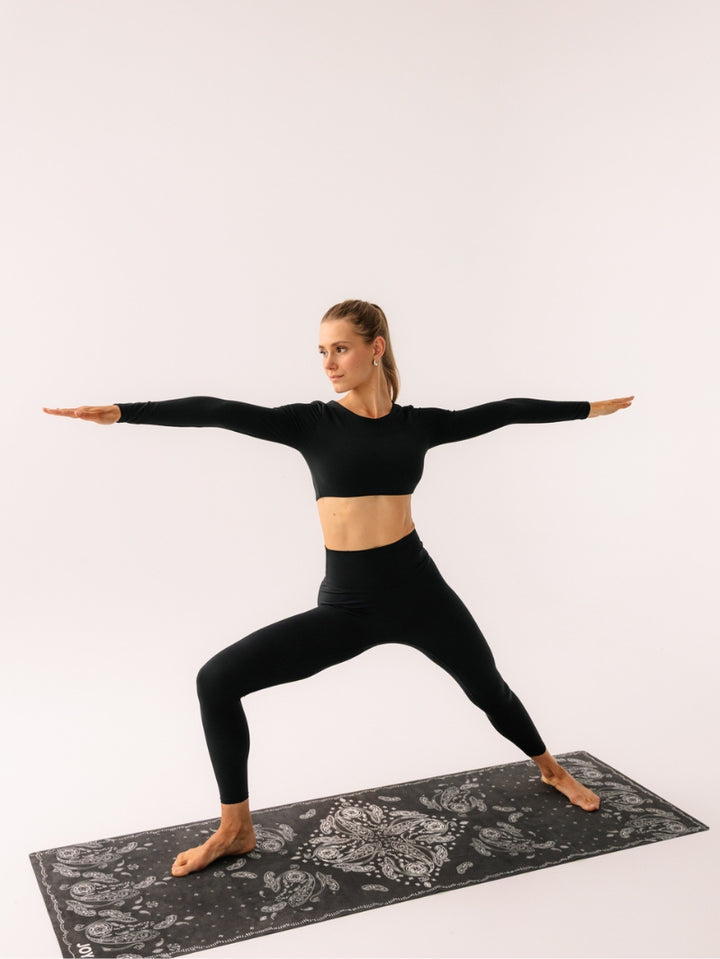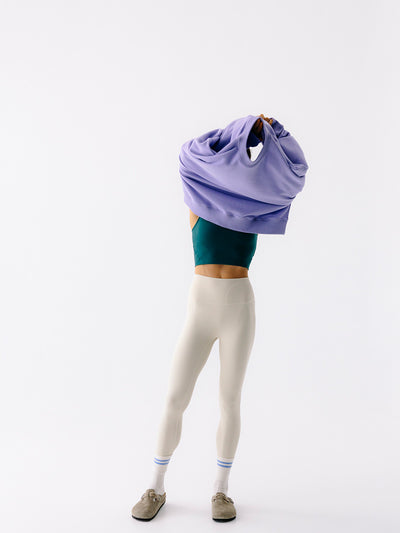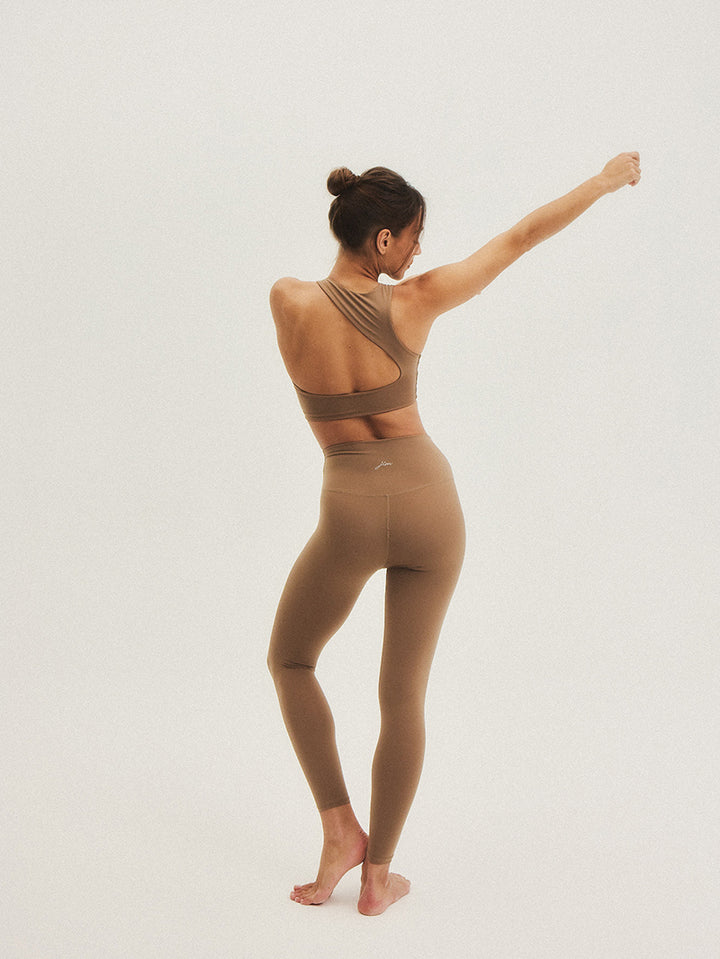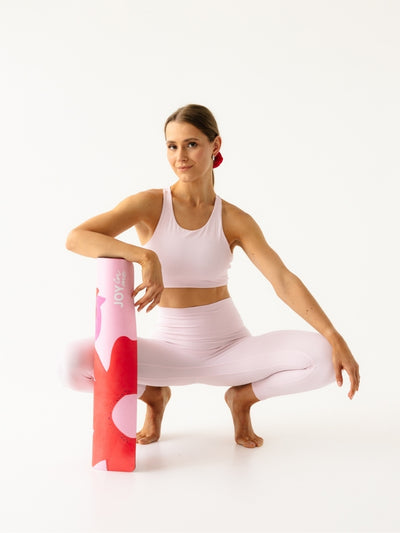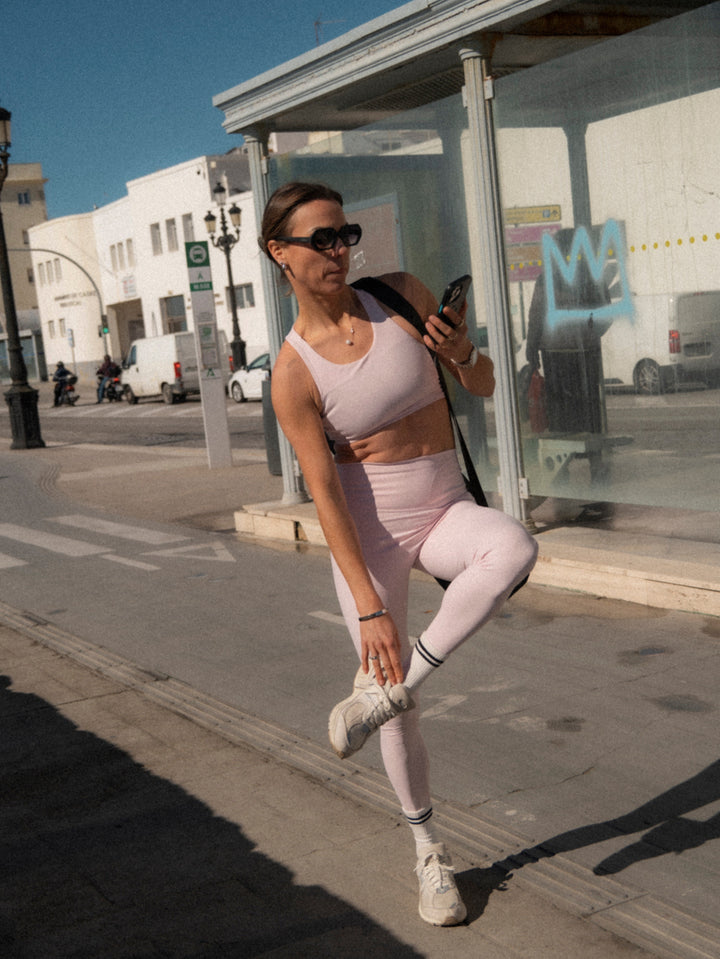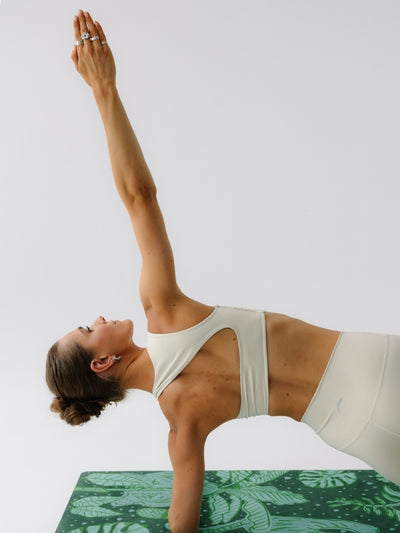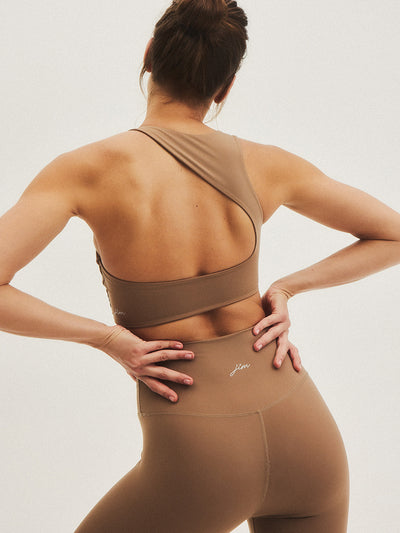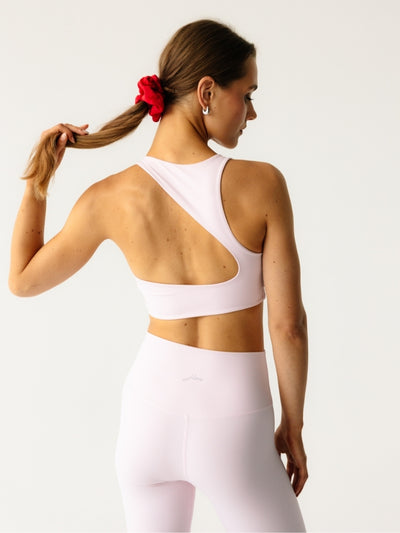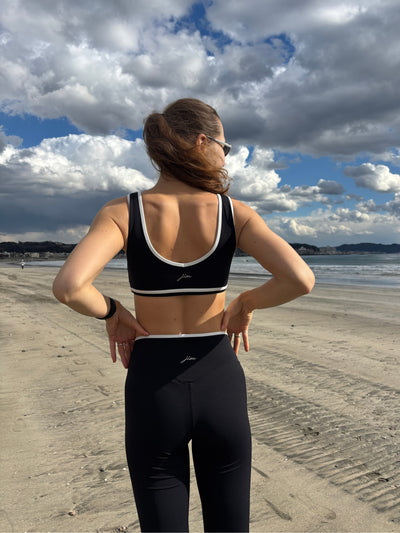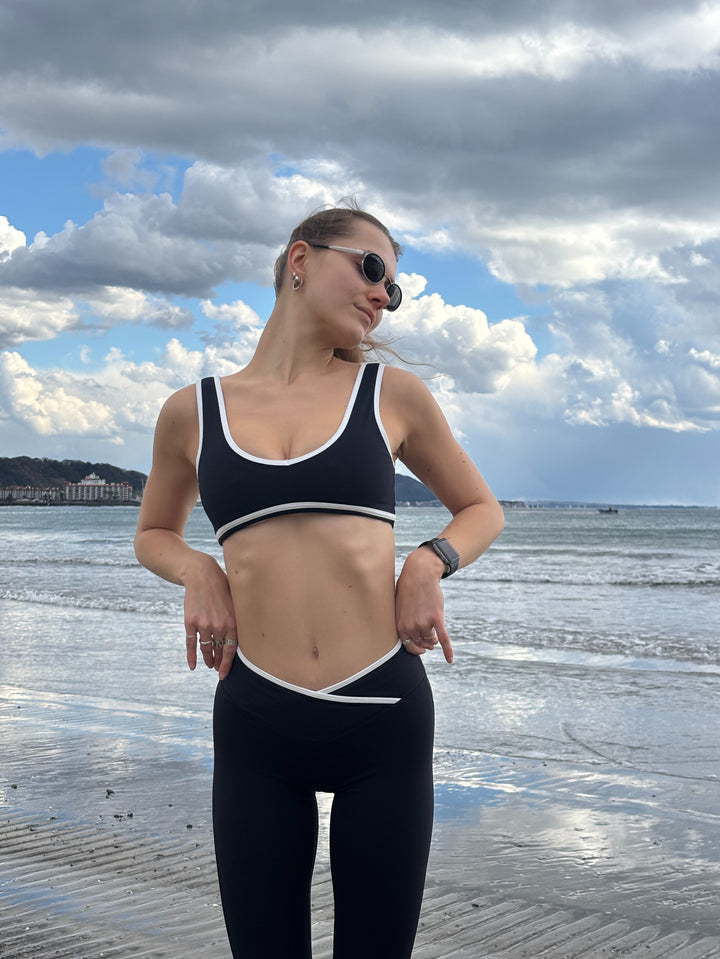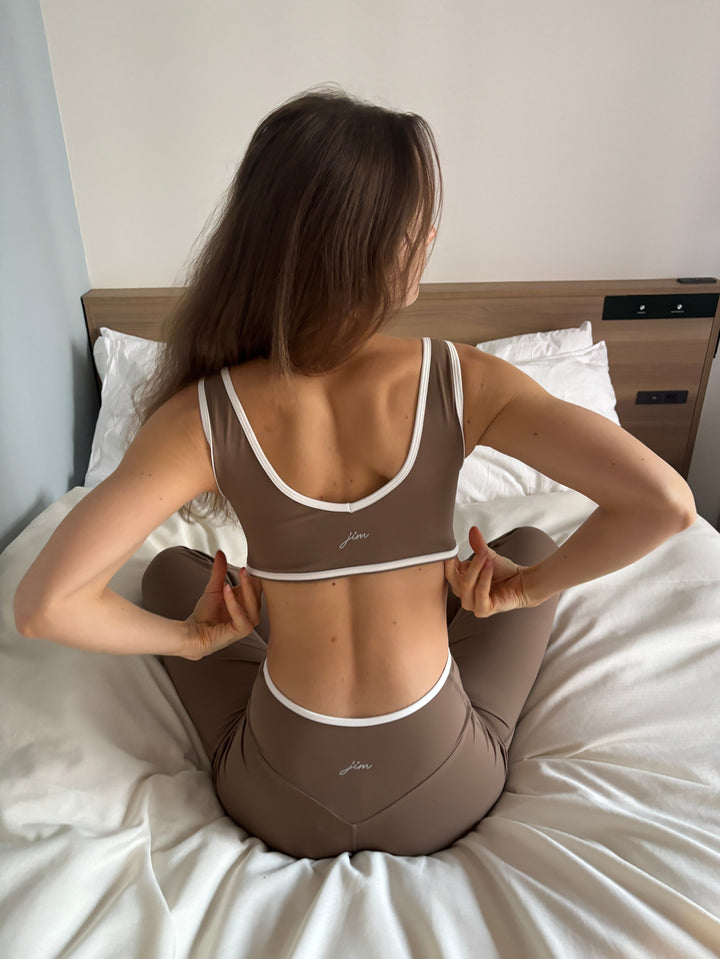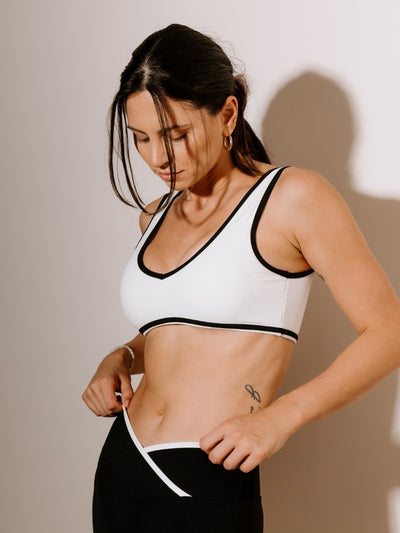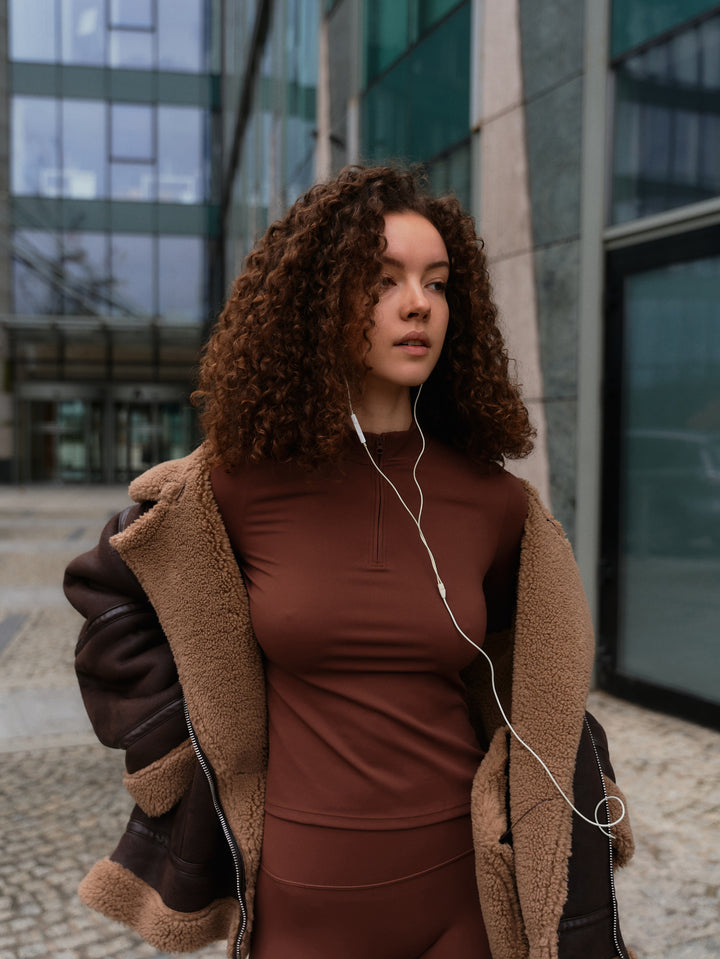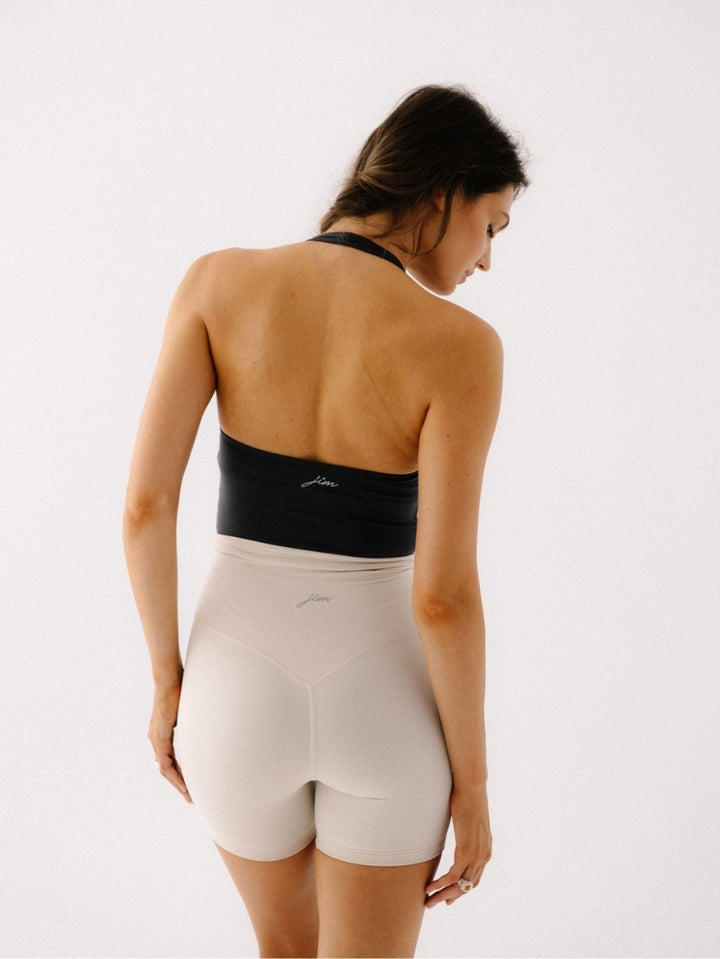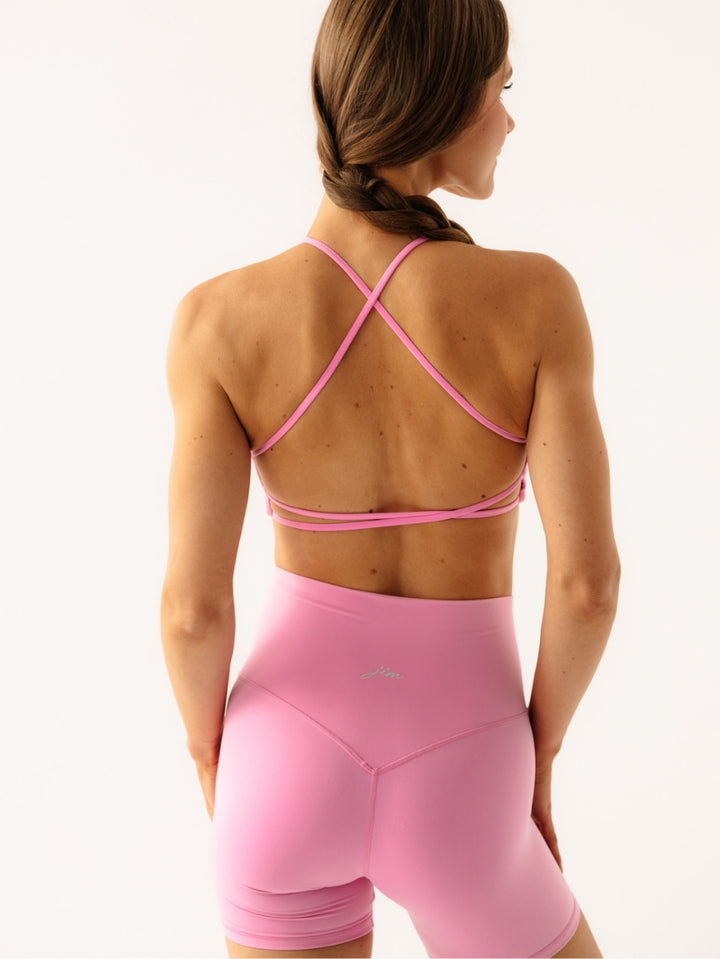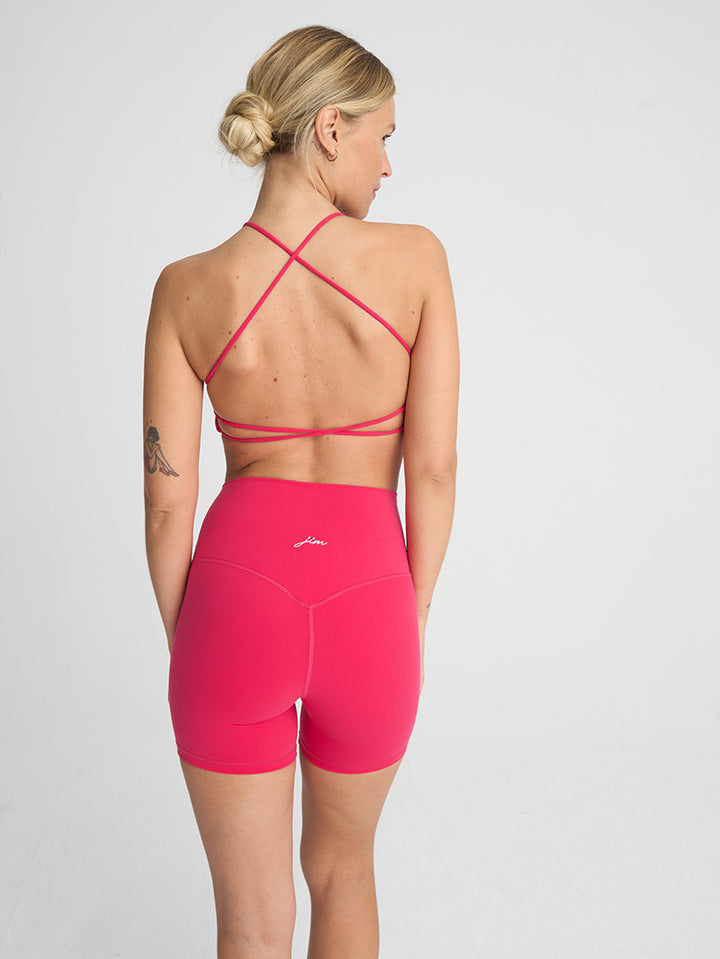How to get rid of the fear of inverted positions?
Inverted poses are unique exercises that often appear during yoga practice. Their purpose is to reverse the negative effects of gravity on the body. They are most often associated with advanced asanas, such as headstands, forearmstands, or shoulderstands, which require specific preparation. Among inverted poses, you'll also find easier asanas , such as downward-facing dog , candlestand, or standard forward bend. Performing them helps overcome the fear of advanced poses.

What are reversals?
Inverted poses are a type of asana in which your head is lower than your heart. This doesn't mean you have to lift your legs. If you can do Adho Mukha Svanasana, or Downward-Facing Dog, or Halasana, or Plow Pose, congratulations—you're already doing inverted poses! This is a great introduction to getting used to unusual body positions. You'll have a long way to go before you can move on to more challenging asanas.
With regular yoga practice, your flexibility and muscle strength will gradually increase. Your mobility will also improve, and most importantly, your self-confidence and body awareness will increase. Each workout is a new challenge that prepares you for the next step. Reaching Sirsasana, or headstand, also known as the queen of asanas, requires strong abdominal and back muscles, as well as neck mobilization.
Inverted positions - what to wear for exercise?
For inverted poses, it's worth choosing yoga attire that doesn't restrict your movements, but isn't too loose either. Shorts that slip down or a T-shirt that falls over your eyes can be embarrassing, revealing parts of your body you don't necessarily want to show. Asanas require concentration, so your clothing shouldn't distract you. Instead of a looser T-shirt, choose a fitted top or bodysuit, and pair it with stretchy yoga leggings .
The effect of inverted positions on the human body
Inverted asanas have a positive effect on the circulatory system. By changing the body's gravity, blood flows effortlessly to the heart, massaging it and improving its efficiency. Oxygenation to the brain also improves, reducing the risk of future stroke. Oxygenated blood flows freely through the neck and chest, improving pulmonary circulation.
The inverted position exercises the lower respiratory system, which has a positive effect on lung capacity. Lymph flow also increases, which stimulates the immune system, calms and regenerates the nervous system. Furthermore, the asanas regulate metabolism and digestive processes.
Contraindications to inverted yoga poses
Inverted poses have a beneficial effect on the entire body. Unfortunately, not everyone can perform them. Contraindications to practicing this type of asana include high or low blood pressure, cervical spondylosis, discopathy, headaches, glaucoma, cataracts, and fever. Avoid practicing these poses during menstruation.
Advantages of inverted positions
In addition to their beneficial effects on many systems in the body, inverted poses also have a beneficial effect on the body. Asanas strengthen muscles, firming and slimming the entire body. Practicing them boosts metabolism and improves the quality of sleep. They allow you to fully relax and fill yourself with positive energy.
Overcoming your own barriers and fears boosts your self-confidence, which will translate into improved performance at work and in your social life. Sign up for yoga today and begin practicing inverted asanas under the guidance of an experienced instructor. You'll surely see results after just a few sessions.



